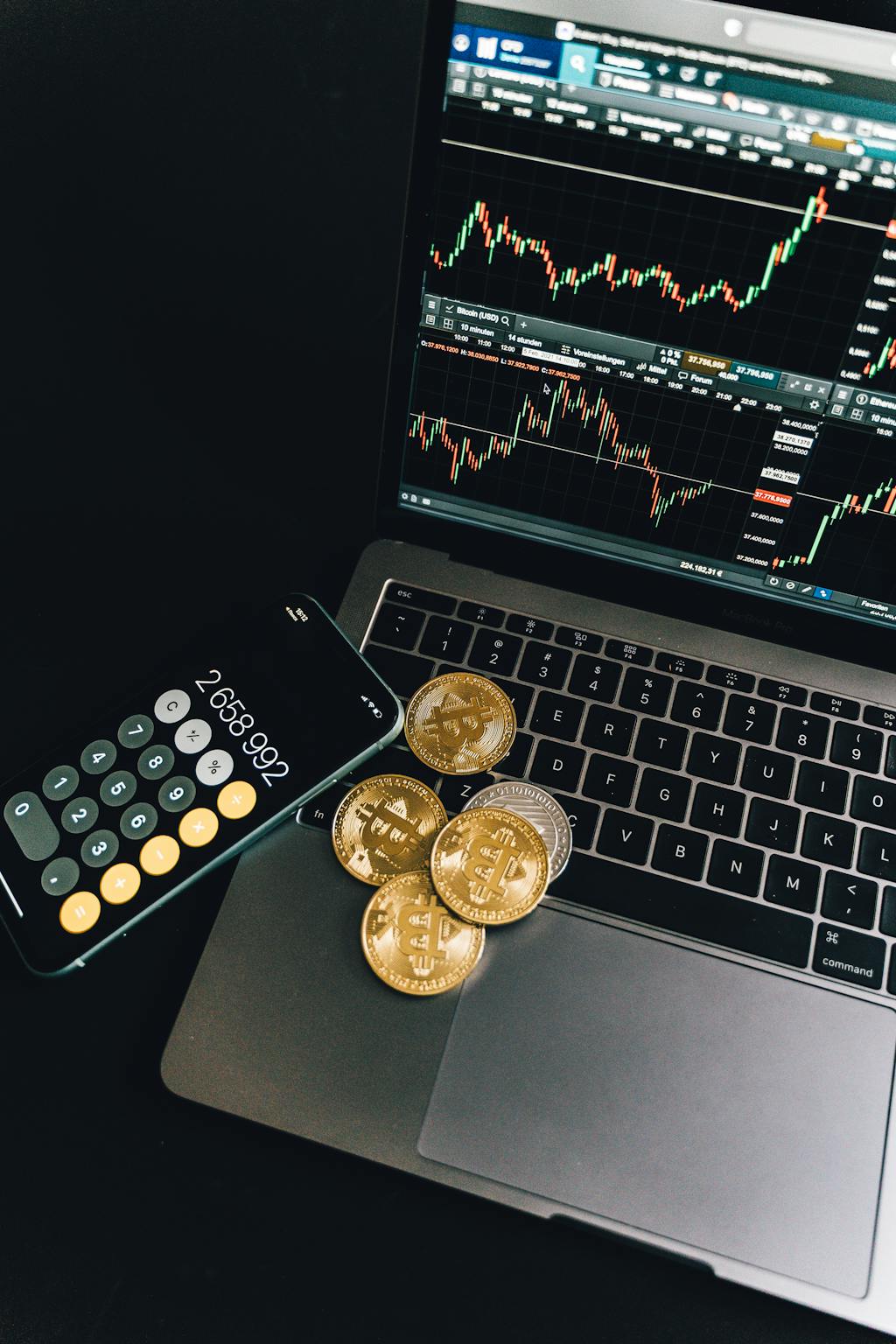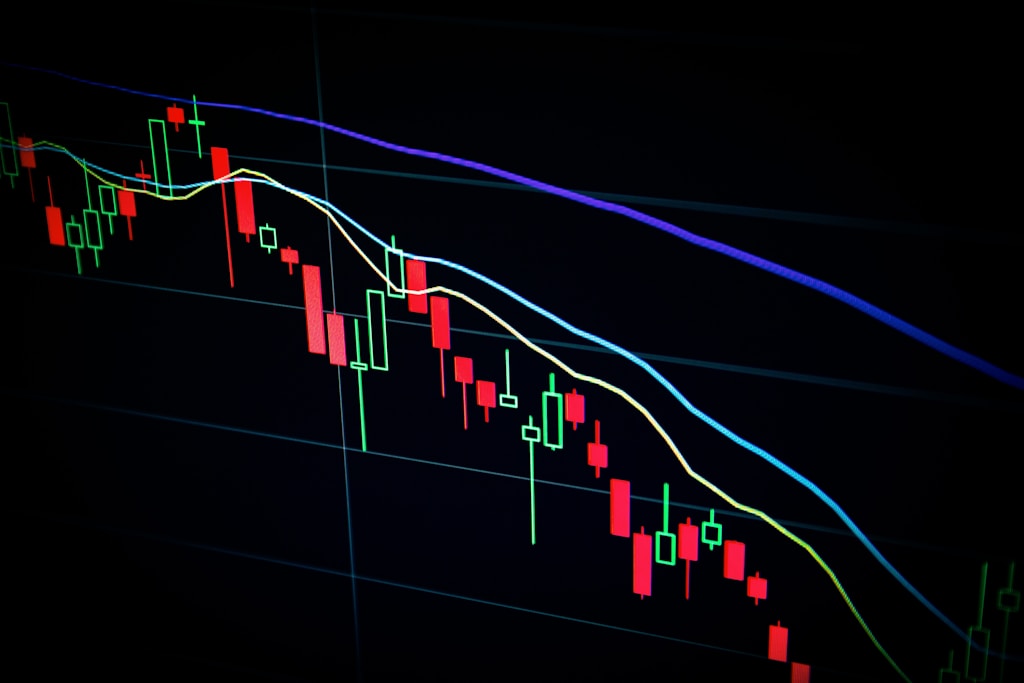Robinhood Crypto’s General Manager Johann Kerbrat has called for a significant overhaul of accredited investor regulations to fully unlock the potential of tokenization in the financial markets. This push for regulatory reform comes as major players continue challenging outdated SEC rules that may be holding back innovation in the digital asset space.
Key Points on Tokenization Reform
- Current accredited investor rules limit tokenization benefits
- Elimination of middlemen could benefit startup founders
- Regulatory reform needed to democratize investment access
The Impact of Current Regulations
The existing accredited investor framework, which restricts certain investments to individuals with high net worth or income, has become increasingly controversial in the age of digital assets. Kerbrat argues these limitations are particularly problematic for tokenization initiatives that could otherwise democratize access to investment opportunities.
SPONSORED
Trade with confidence using advanced order types and up to 100x leverage
Benefits of Tokenization Reform
According to Kerbrat, reforming these regulations could:
- Reduce costs for startup funding
- Eliminate unnecessary intermediaries
- Increase market accessibility
- Enable faster settlement times
FAQ: Tokenization and Regulatory Reform
What is tokenization?
Tokenization is the process of converting real-world assets into digital tokens on a blockchain, enabling fractional ownership and increased liquidity.
Who qualifies as an accredited investor?
Currently, individuals must have an annual income exceeding $200,000 or a net worth over $1 million to qualify as accredited investors.
How would reform benefit the market?
Regulatory reform could increase market participation, reduce costs, and create more efficient investment processes through blockchain technology.
Looking Ahead
As the digital asset industry continues to evolve, the push for regulatory reform becomes increasingly crucial. Robinhood’s stance highlights the growing consensus that current regulations need to adapt to technological advancement while maintaining appropriate investor protections.





